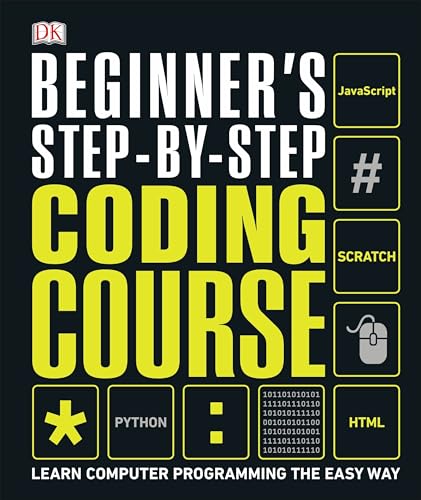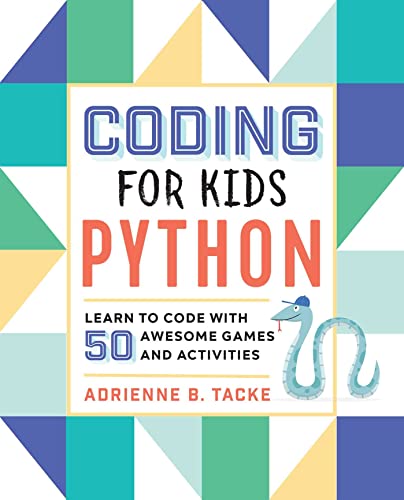In the vast and ever-evolving universe of coding, beginners often find themselves bewildered by the plethora of programming languages available.

Why are there so many options?
Each language seems to have its own unique features, syntax, and community. In this blog post, we'll embark on a journey to explore the reasons behind the abundance of programming languages tailored for beginners.
Let's uncover the wisdom behind this diversity and understand how it empowers aspiring coders to find their perfect match in the coding cosmos.
Catering to Different Learning Styles
Not every beginner has the same learning style. Some thrive on visual learning, while others prefer hands-on experiences. The wide array of programming languages allows educators and developers to create tools that cater to various learning styles, making coding accessible and engaging for all.
Versatility in Problem-Solving
Different programming languages excel in solving specific problems or tasks. By having a variety of languages, beginners can choose the one that best suits their project or area of interest. For instance, Python is great for data analysis, while JavaScript is ideal for web development.

Emphasis on Simplicity
Many programming languages designed for beginners prioritize simplicity. They use straightforward syntax and focus on concepts that are easy to grasp, helping newcomers build confidence and avoid overwhelming complexities.
Encouraging Early Success
Languages like Scratch and Blockly are tailored for young beginners, providing a visual, drag-and-drop environment. These languages celebrate small successes early on, fostering motivation and enthusiasm for coding.

Building Strong Fundamentals
Languages like C, C++, and Java are used in university-level computer science courses. By introducing beginners to similar syntax and concepts through simplified versions, they can build a solid foundation for more advanced languages.
Empowering Creative Expression
Some languages, like Processing and p5.js, focus on creative coding, encouraging beginners to create interactive art, animations, and games. This approach fosters creative expression while introducing coding principles.
Accommodating Specific Interests
For beginners with specific interests, there are languages tailored to meet their needs. R is perfect for data science enthusiasts, while Swift is designed for iOS app development. The diversity allows beginners to align their coding journey with their passions.
Aligning with Industry Demands
As the tech industry evolves, new languages emerge to address emerging trends and demands. Beginner-friendly languages like Go and Rust cater to future job markets, empowering learners with sought-after skills.
Fostering Community and Collaboration
Each programming language has its own community of enthusiasts, developers, and resources. This diversity fosters collaboration and mentorship among beginners, allowing them to seek guidance from like-minded individuals.
Promoting Critical Thinking
The abundance of languages challenges beginners to think critically and make informed decisions. This empowers them to analyze and compare languages, ultimately selecting the best tool for their coding goals.

Global Reach and Accessibility
By providing programming languages in various languages, developers extend the reach of coding education worldwide. This inclusivity encourages learners from diverse linguistic backgrounds to pursue coding.
Evolution and Innovation
The ever-growing landscape of programming languages reflects the ongoing innovation and evolution of coding. Each language seeks to improve upon its predecessors, optimizing performance and expanding capabilities.
Learn to Code
- Amazon Kindle Edition
- DK (Author)
- English (Publication Language)
- Freeman, Eric (Author)
- English (Publication Language)
- 639 Pages - 02/06/2018 (Publication Date) - O'Reilly Media (Publisher)
- Adrienne Tacke (Author)
- English (Publication Language)
- 232 Pages - 03/19/2019 (Publication Date) - Rockridge Press (Publisher)
- Hardcover Book
- Wainewright, Max (Author)
- English (Publication Language)
- CodaKid’s Minecraft Java coding educational software provides 90+ hours of interactive lessons designed to engage and educate kids, teaching them to become creators in their own right.
- Students learn real Java coding and video game design using the professional text editor Eclipse to create amazing Minecraft mods to share with family and friends. 8- to 10-minute bite size lessons fit into your child's busy schedule.
- CodaKid's method makes learning Java coding fun and easy, and students learn transferable skills that can help them with college applications, in future careers, and in life.
Final Thoughts
The multitude of programming languages designed for beginners is not a cause for confusion but rather an opportunity for exploration and self-discovery. It reflects the inclusive and ever-evolving nature of coding, enabling learners to find the perfect match for their interests, goals, and learning styles.
As we journey through the coding cosmos, remember that regardless of the chosen path, the essence of coding remains universal: the art of creation, problem-solving, and limitless possibilities. Embrace the diversity, embrace the challenges, and set forth on a journey of exploration into the enchanting world of coding!
Frequently Asked Questions
Different programming languages serve specific purposes and suit different tasks. Diversity allows developers to choose the best language for their project, promoting innovation, versatility, and efficiency in the coding world.
Having different coding languages is necessary because each language has unique strengths and applications. It allows developers to choose the best tool for specific tasks, fostering innovation and adaptability in the ever-evolving world of technology
There are thousands of coding languages, each with its own purpose and specialty, enabling developers to build diverse and innovative solutions for various tasks.
More Inspiration on Coding Languages for Kids
- Why There Are So Many Programming Languages
- HTML for Kids Beginner Guide Overview
- CSS for Kids Beginner Guide Overview
- Block Coding for Kids
- iOS Programming with Swift for Kids
- Top Tips for iOS Programming with Swift for Kids
- Block vs Text Based Coding for Kids
- Tynker Coding for Kids Overview





